British Sports Cars
 by Richard Gunn
by Richard Gunn
Readers interested in taking a picturesque ride through a unique part of sports car history will want to pick up British Sports Cars by Richard Gunn. My review was based on the digital version of the book, and it left me wanting the print version just for the high-quality pictures and images.
The book is the fifth in the “Classic Vehicle Series” published by this UK house. Gunn, a British author, journalist and photographer with several transport-related books to his credit, recently served as editor for another Key Books work titled Jaguar E-Type (written by Lance Cole), published in 2021, so perhaps it isn’t surprising that Jaguar receives plenty of pictorial attention in this latest work.
Divided into ten chapters divided roughly by decades (e.g., 1920s, 1930s etc.), the book starts in the “pioneering days” of the late 19th century and ends with the uncertain future of sports cars today. Each decade covered receives just over a page or two of textual summary of historical happenings in the British sports car for that decade followed by several pages of beautiful car pictures accompanied by brief descriptions of a car’s features and successes.
Far from finding just a picture book, readers learn about the rise and fall of the British sports car industry, beginning when roads in the UK were governed by speed limits of just 4 mph as late as the 1880s. (Readers interested in a detailed account of the fall of Britain’s carmakers might enjoy Steven Parissien’s century-long global overview, The Life of the Automobile, ISBN 978-1250040633.) By the 1980s the party was over for many sports cars. MGB, MG’s Midget, Triumph’s Spitfire, and the TR7 ended production. Imports, especially from Japan, put another strain on British auto manufacturing, not just those making sports cars.
The massive consolidation among global automakers in the 1990s spelled the end of the British-owned, British-built sports car. Foreigners now owned the big British sports car makers. Volkswagen owned Bentley, BMW owned Rolls-Royce, Ford owned Jaguar, and so on. Aside from ownership, the cars built in the 2000s through today hardly resemble anything made in the “golden age.” Today’s tech-heavy vehicles, the author writes, might cause a loss of both the sports car design and driving experience. The latter point is hard to dispute. As he observes, computers now control almost “every aspect of a modern vehicle,” meaning motorists may lose the driving thrill once offered in the classic open sports car.
The ride back in time offered by British Sports Cars offers us a little thrill, though, and that’s worth its list price.
Copyright 2023, Kevin M. McDonald (speedreaders.info). First appeared, in substantially similar form, in SAH Journal vol. 320, January / February 2023.


 RSS Feed - Comments
RSS Feed - Comments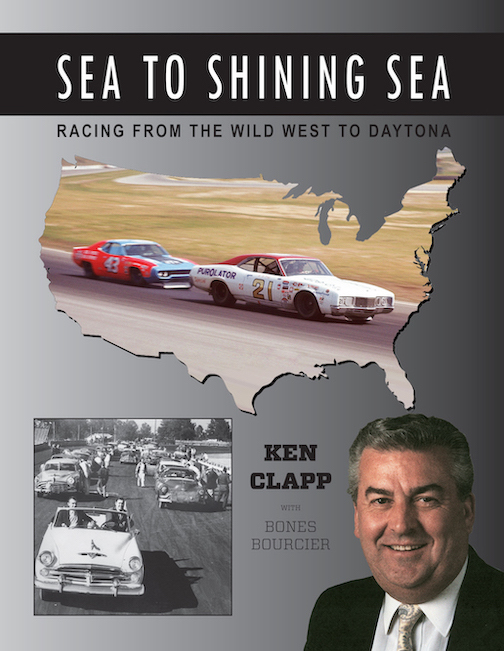
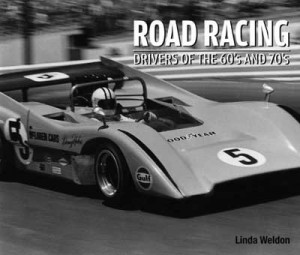
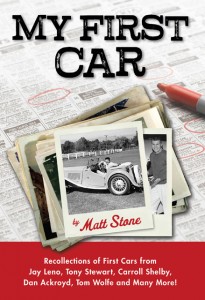

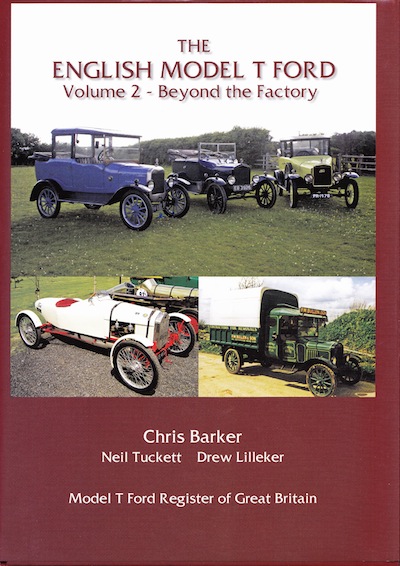
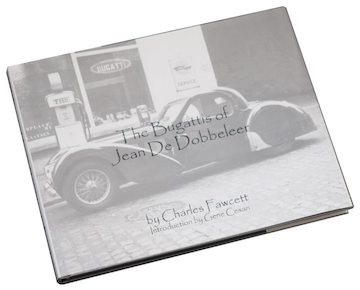
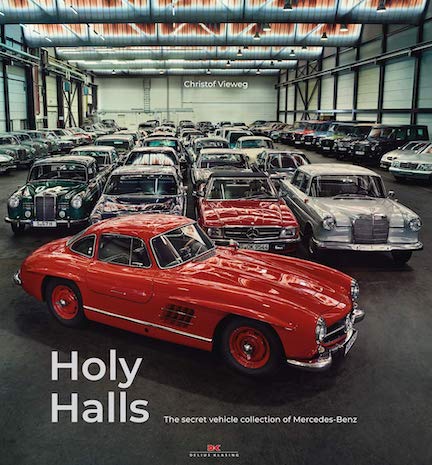

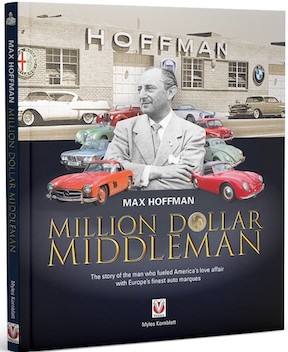
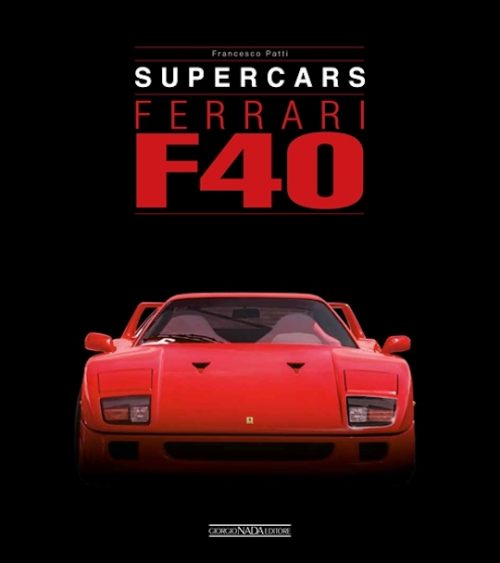

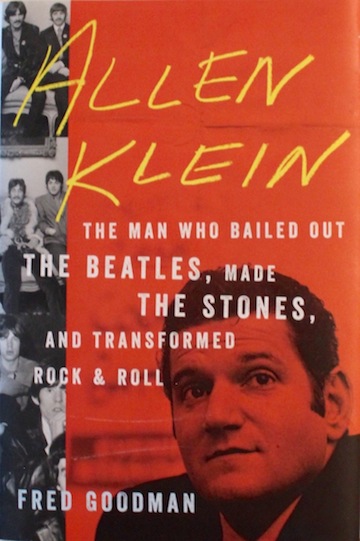
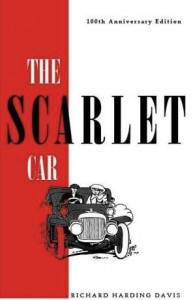
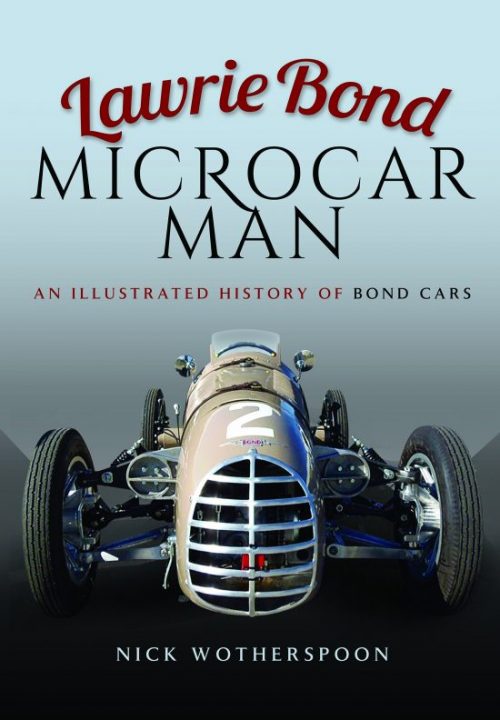

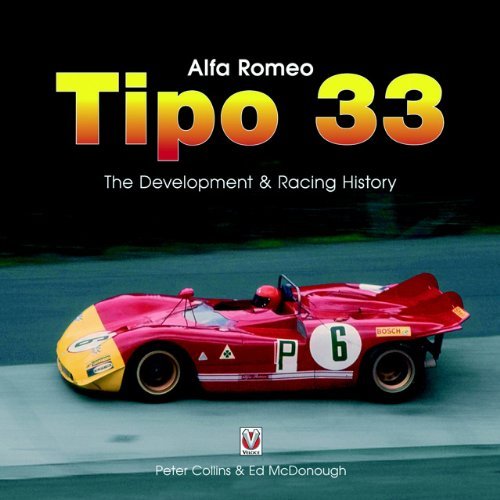
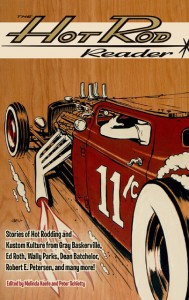

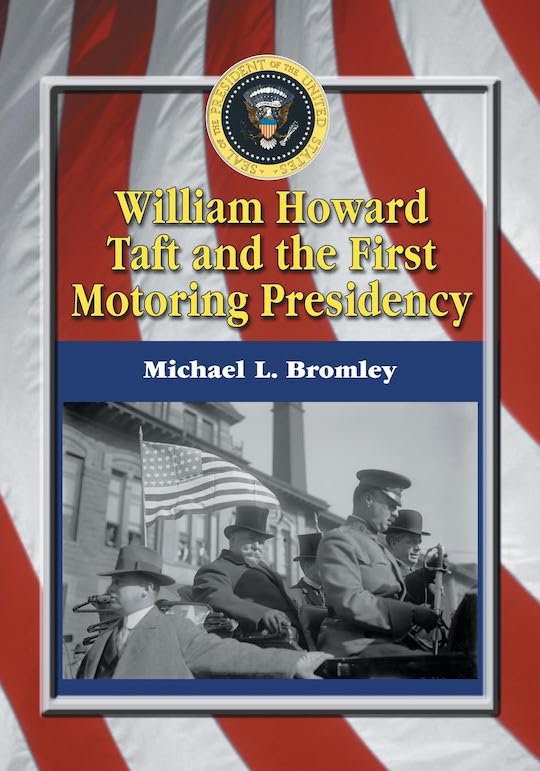
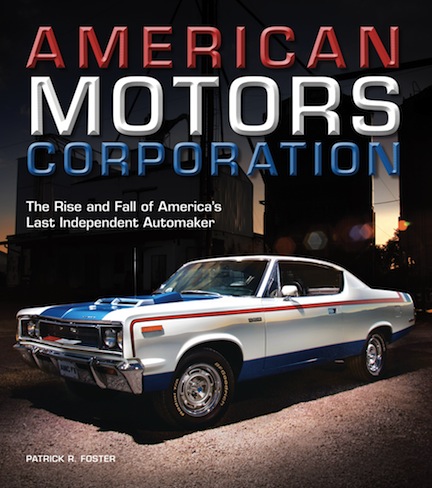
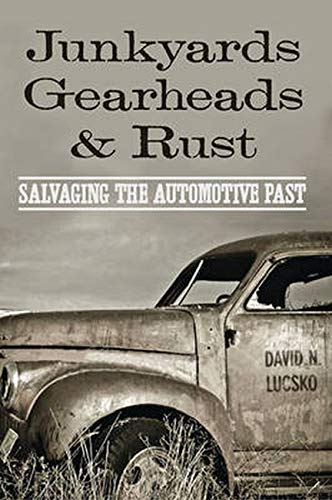

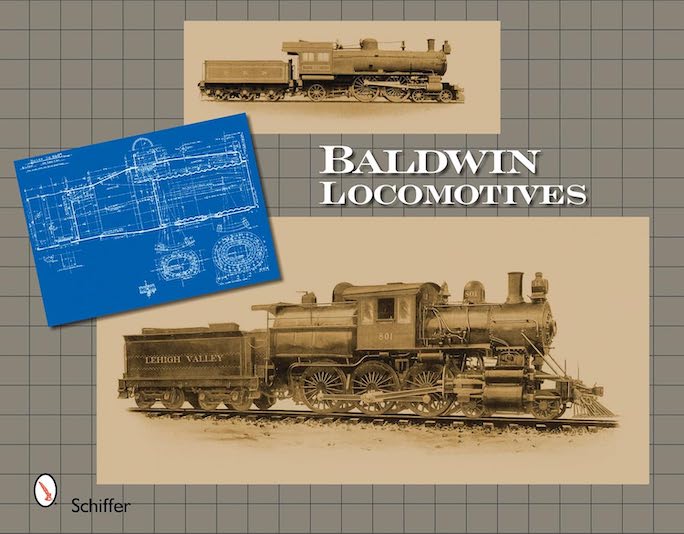
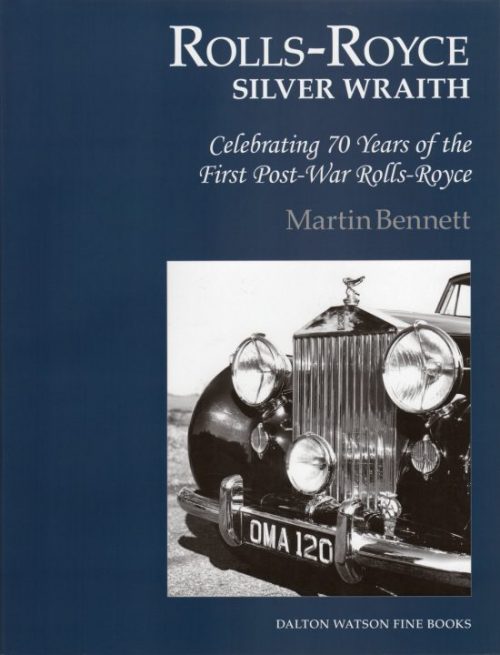
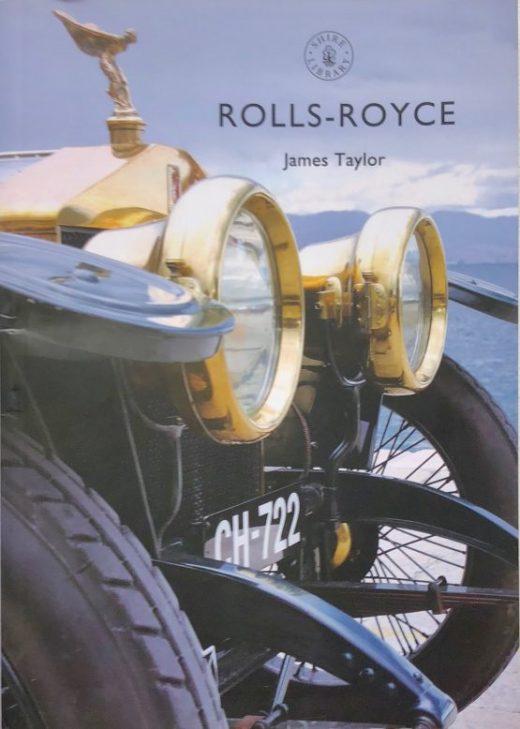



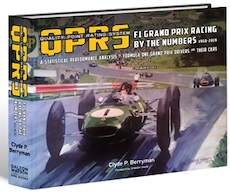
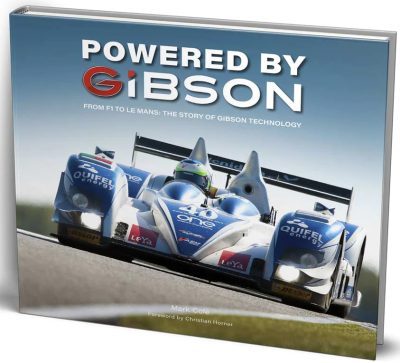
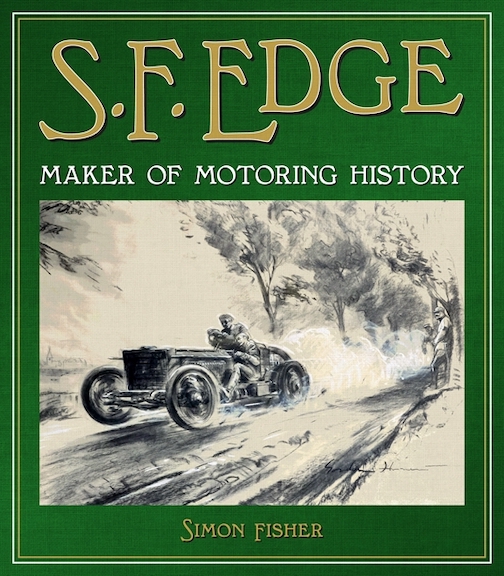
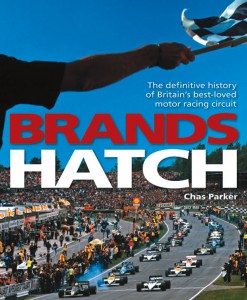


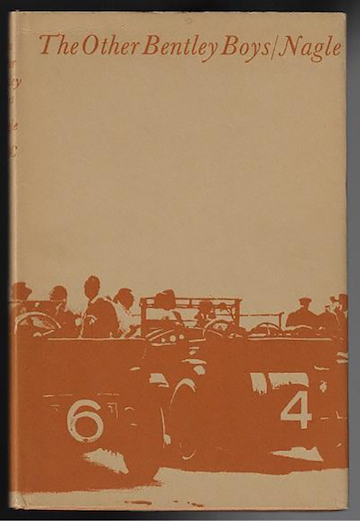
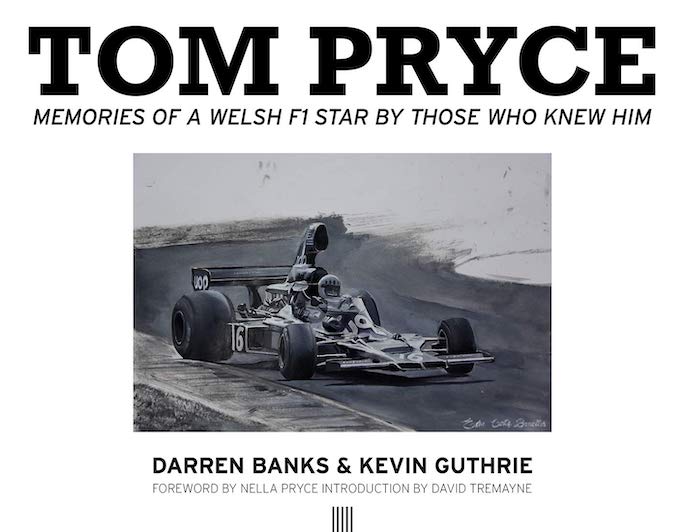
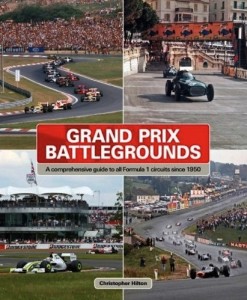
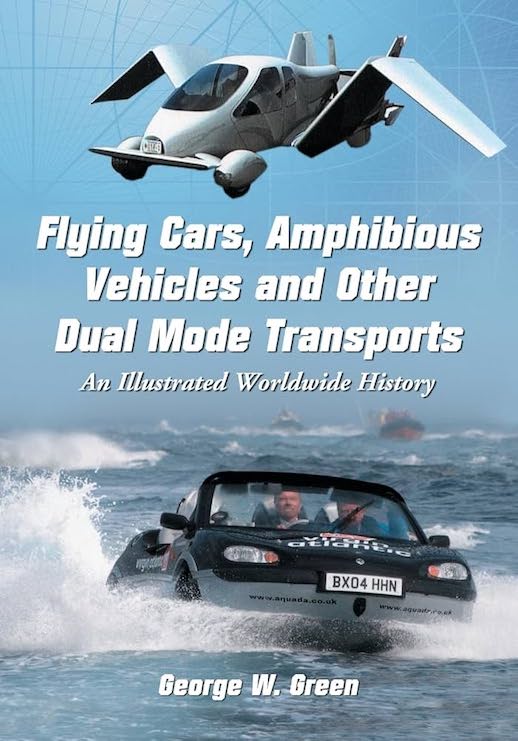

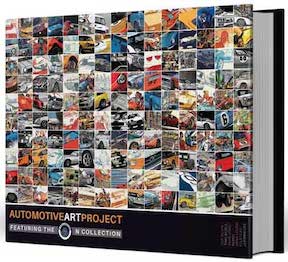
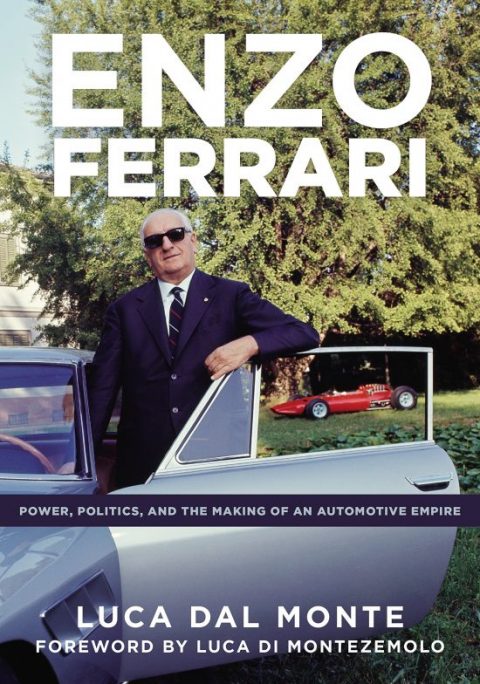
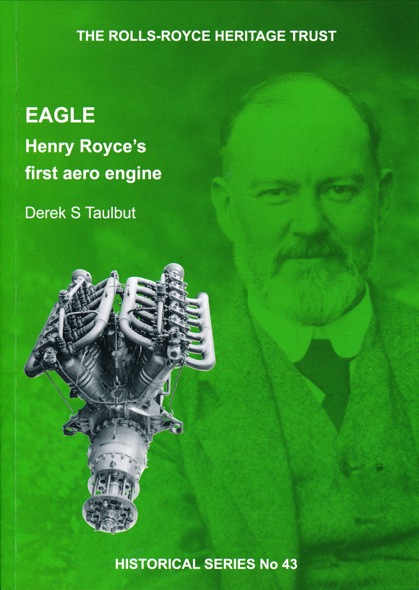
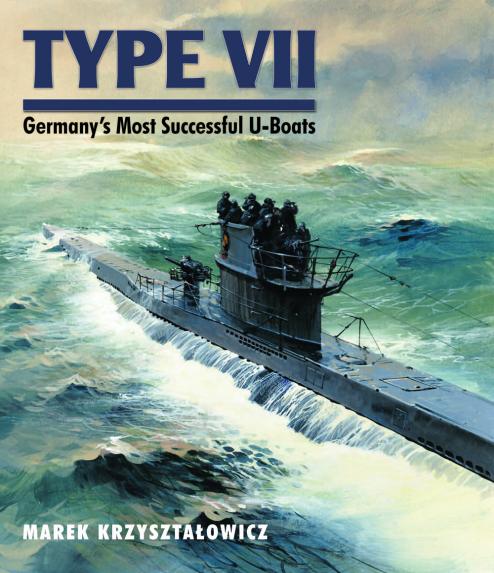
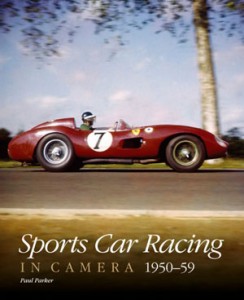
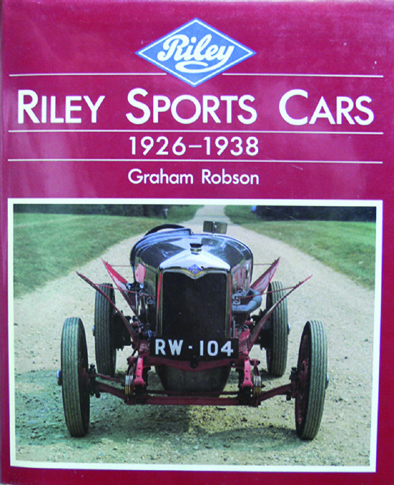
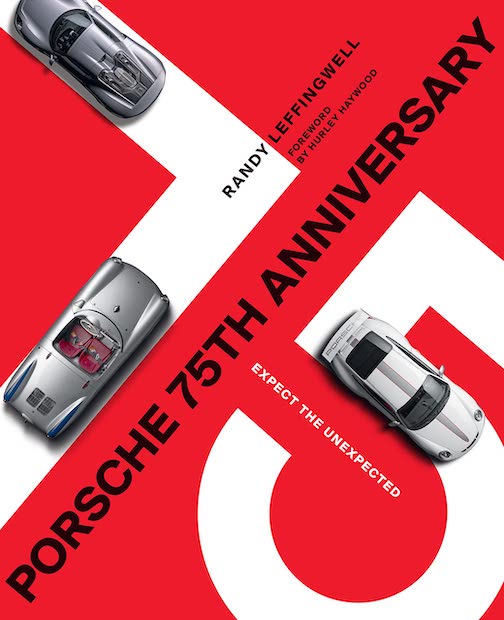
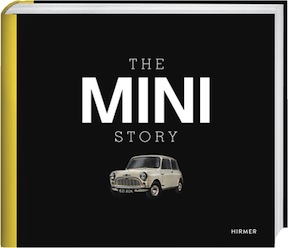

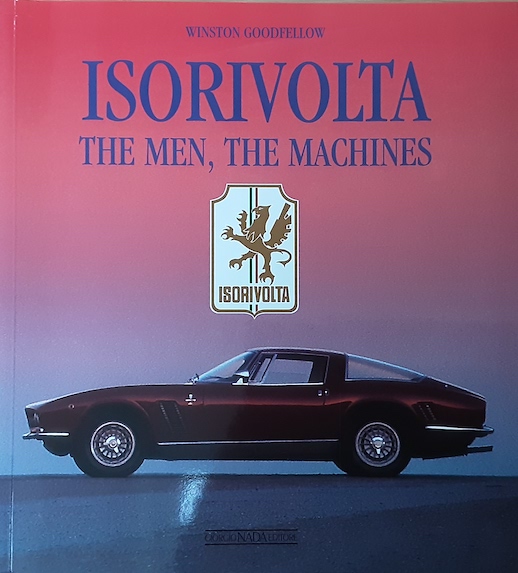
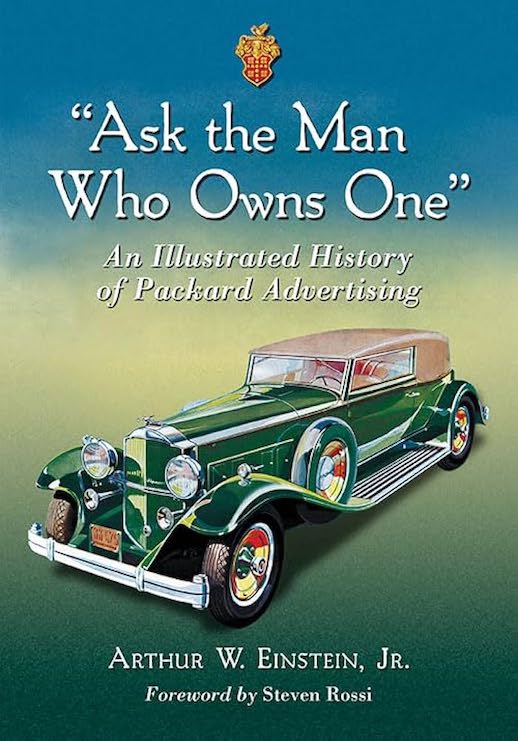
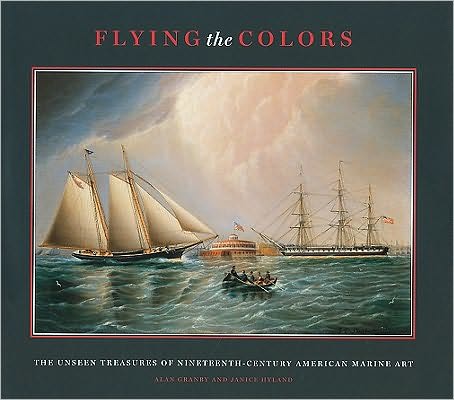
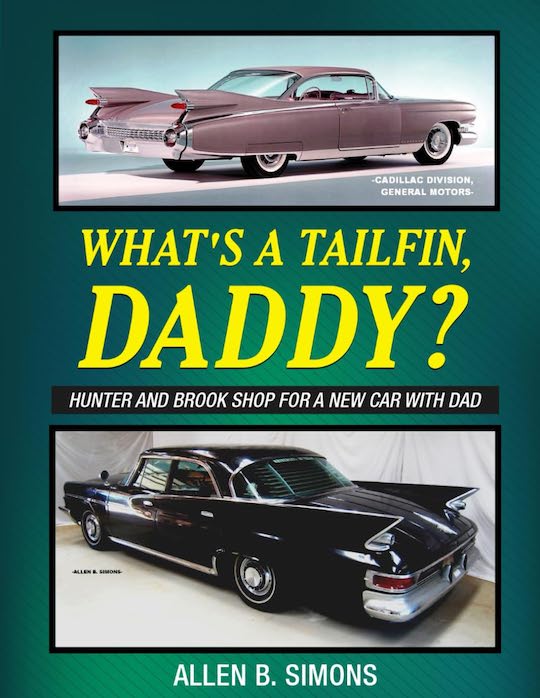
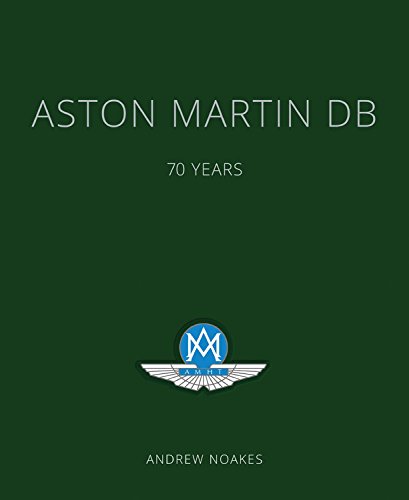


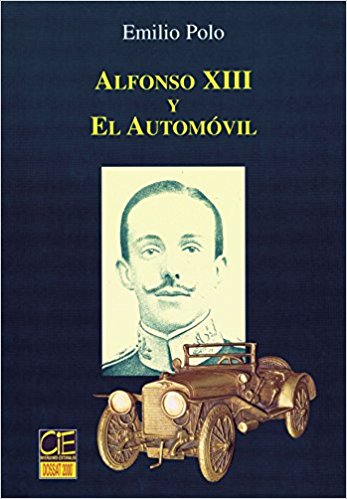

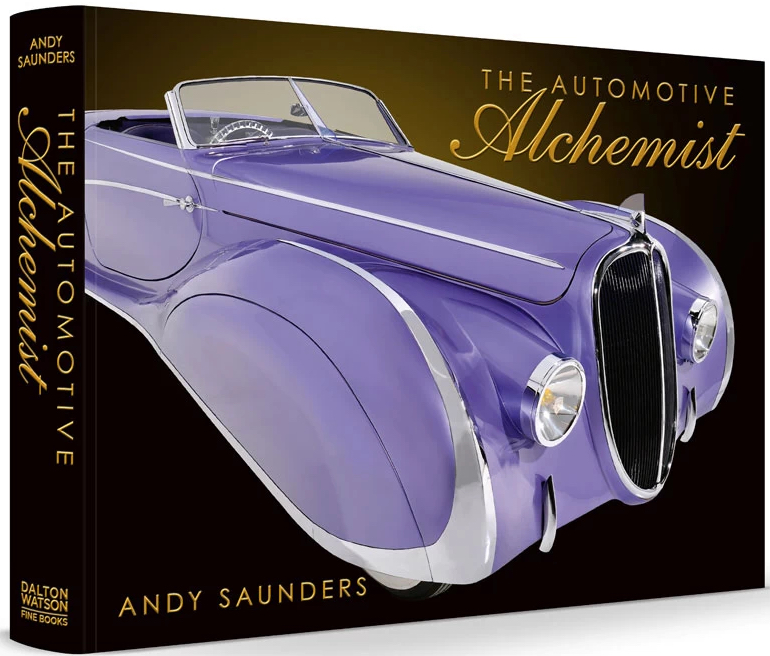
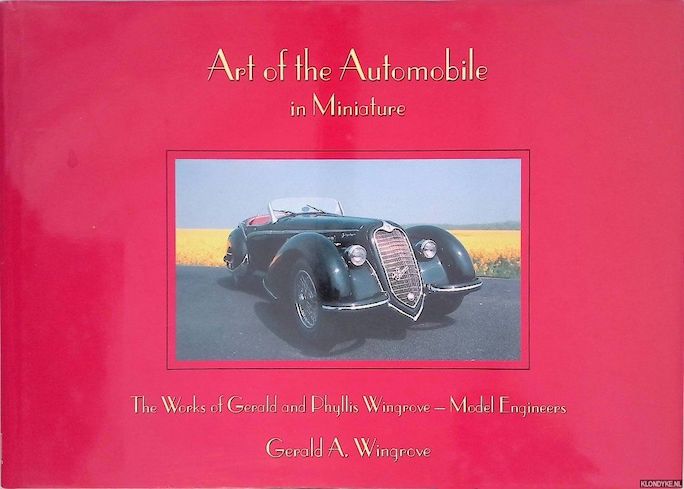

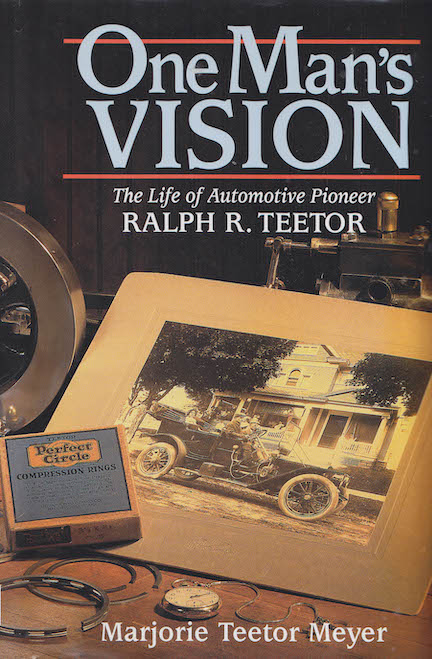
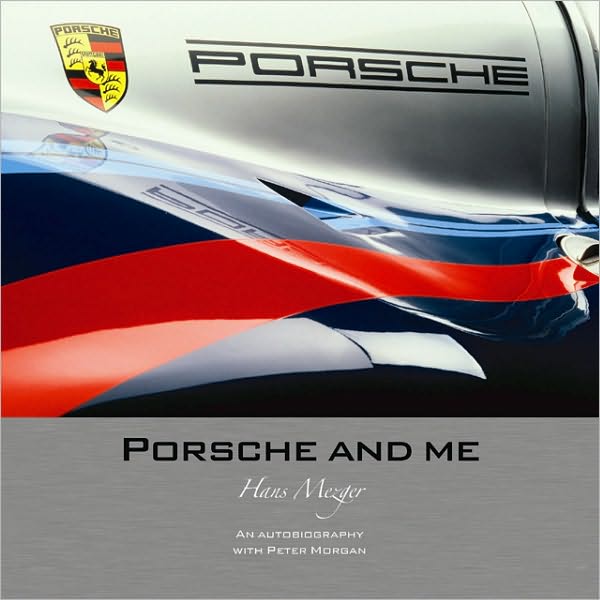
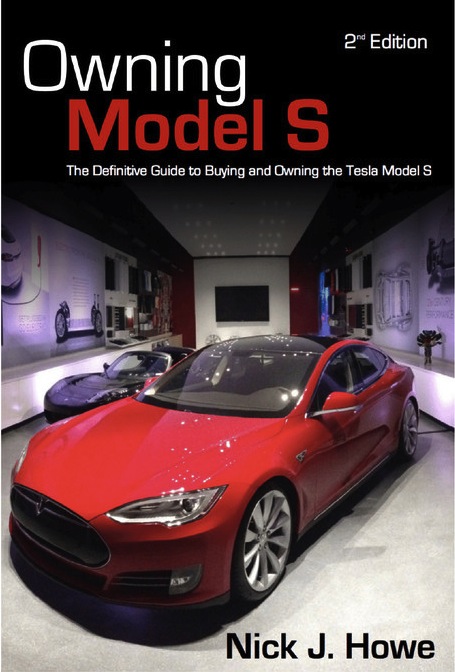
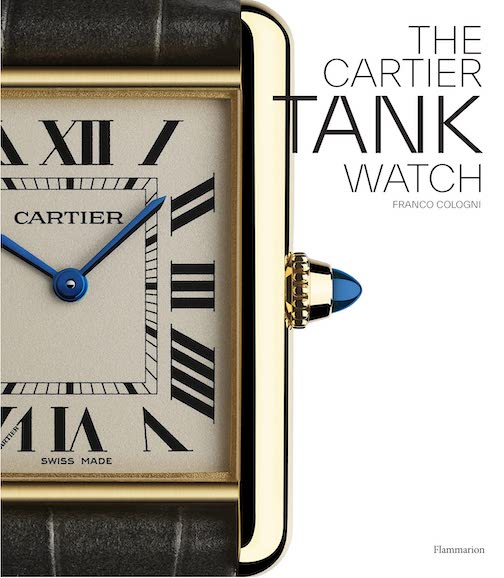
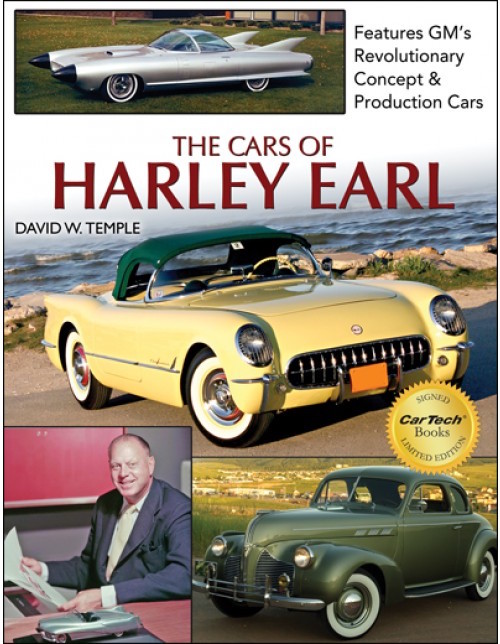
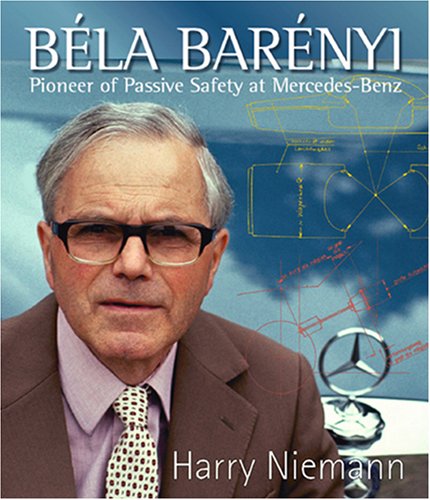
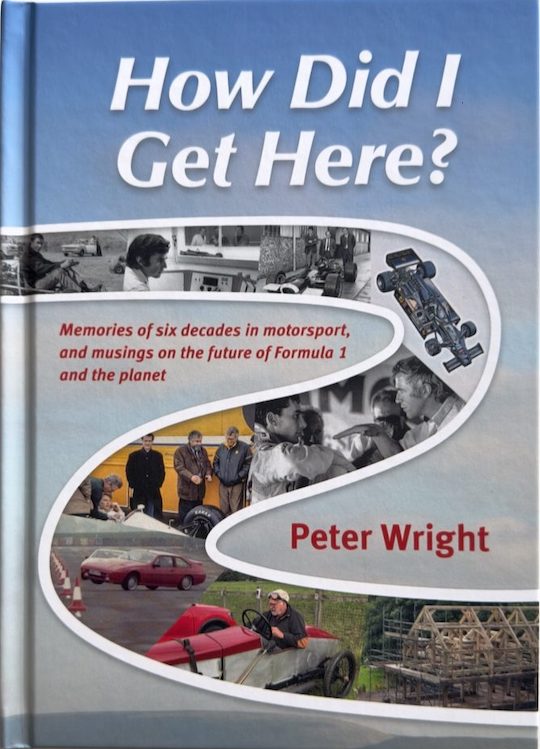
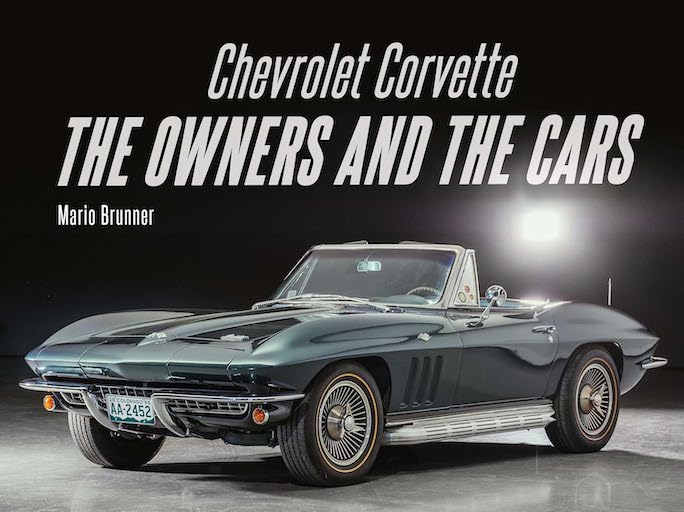

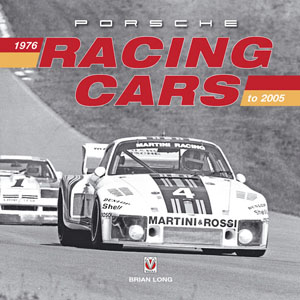

 Phone / Mail / Email
Phone / Mail / Email RSS Feed
RSS Feed Facebook
Facebook Twitter
Twitter